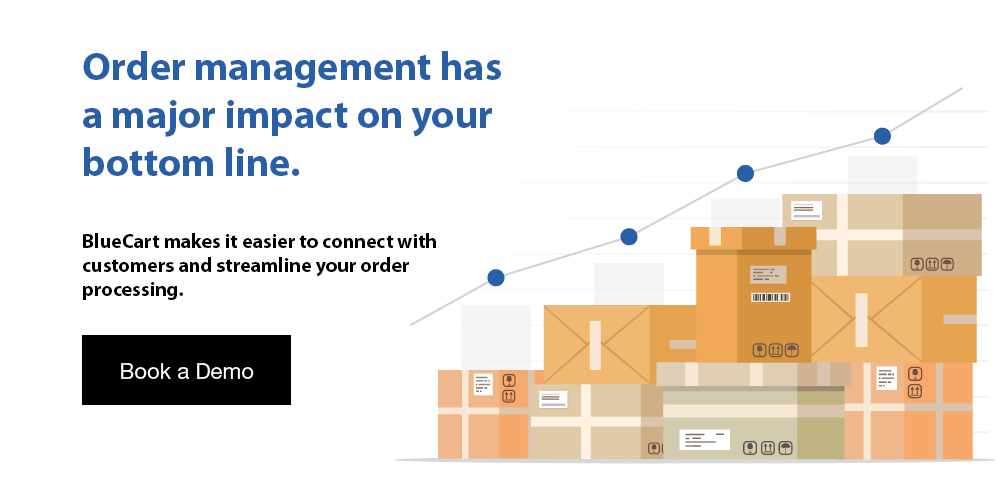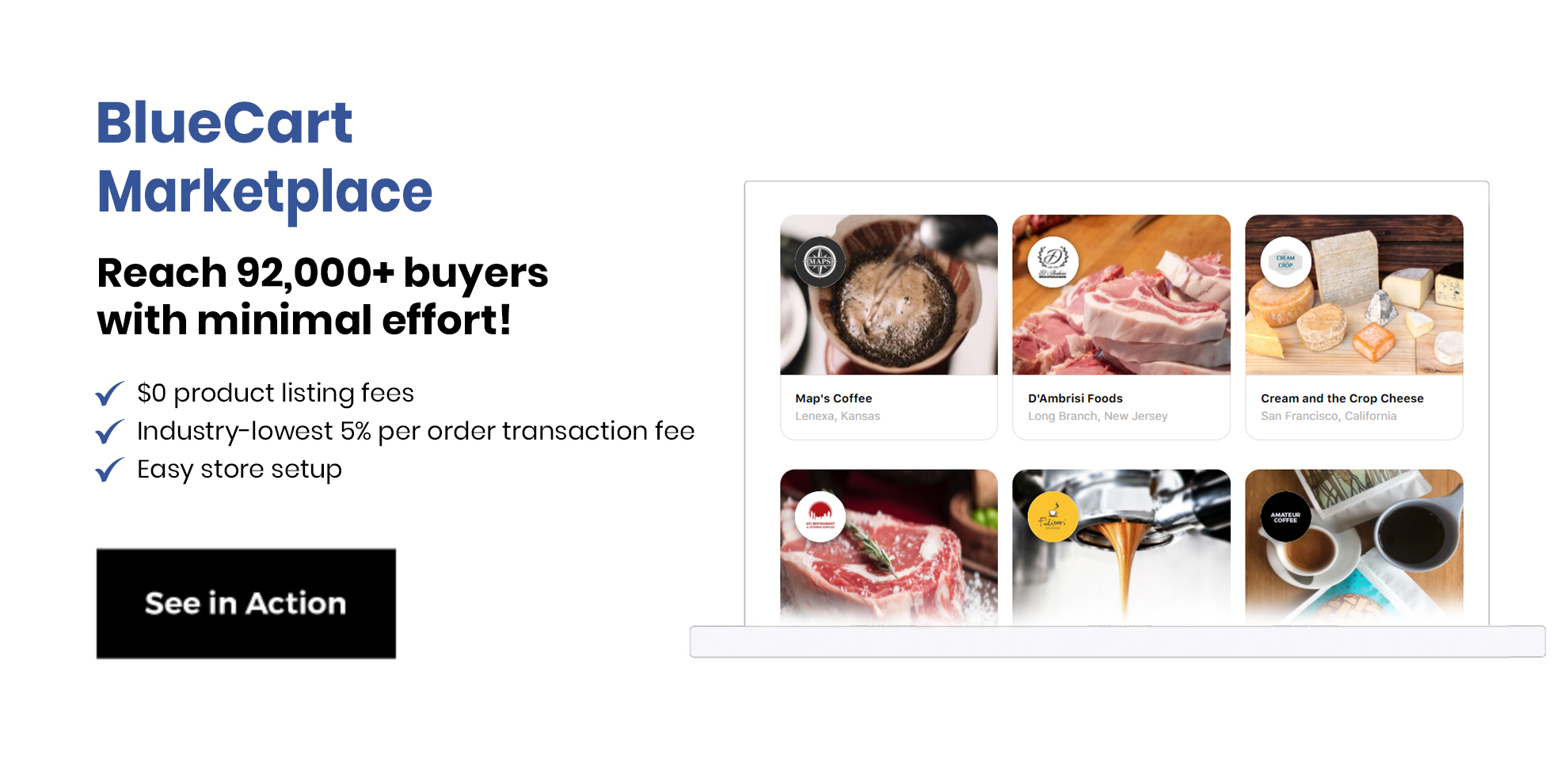Managing recurring billing is an essential aspect of efficient business systems for the success of any subscription-based business. Part of the many benefits of starting a subscription business is that business owners enjoy a steady increase in monthly recurring revenue, MRR.
Integrating a recurring billing management system with your overall subscription management software will streamline your subscription business process flow. In addition, using recurring billing management software will help manage recurring invoices and payments.
Key Takeaway - Recurring billing is a subscription billing solution that automates the invoicing process and eCommerce accounting workflow. Payments can also be tracked and managed on a recurring billing platform.
Let's talk more about recurring billing management and how to manage recurring transactions.

What is Recurring Billing?
Recurring billing is a subscription billing model that allows businesses to charge customers for goods and services they purchase at predetermined time intervals. This could be weekly, monthly, or annually.
Similar to subscription billing, recurring billing operates an automated billing system that, upon customers' consent, will automatically deduct payment for subscribed packages. This payment model is best for businesses that offer goods and services on a recurring basis.
Common types of recurring billing include membership dues and subscriptions. For instance, a baking subscription box or wholesale coffee subscription can be on a recurring payments model.
Regardless of your industry, implementing a recurring billing model is the ideal solution for businesses offering continuous service or goods delivery. It also makes it easier to operate a recurring billing cycle.
With so much to benefit from, you may wonder why recurring billing is difficult? From an unscalable billing infrastructure to the invoicing process's growing complexity, running a recurring billing cycle can be challenging without the right billing management software.
Read on to find out more about the top challenges of the recurring billing system and how to manage recurring transactions.
What are the Challenges of a Recurring Billing System?
When not done right, managing a recurring billing cycle can be tedious. So let's look at some of the issues you may face with the recurring billing business model.
- Unscalable Billing Infrastructure
As your subscription business grows and scales, managing your growing customer base and billing needs may become difficult. This is one of the significant challenges businesses face with the recurring billing system.
While you may consider building your billing system, it may not be able to manage the exponential growth and flexible pricing structure. Another thing to consider is data security, privacy policy, and PCI compliance.
A recurring billing structure means customers need to share their sensitive personal information on your website. Compliance with data residency and localization regulations becomes mandatory if your business caters to customers across borders.
Using recurring billing management software solves this problem. In addition, most recurring billing platforms have features that can manage growth expansions and keep you compliant with data privacy regulations.
- Involuntary Churn and Revenue Loss
Involuntary churn is revenue loss due to unintentional payment failure. This could be due to outdated payment information, incorrect card details, or insufficient balance.
A recurring billing system automatically deducts payments from customers' bank accounts. So, when there is involuntary churn, your business loses revenue, and a customer may be forced to sign out of your subscription services.
This can be avoided when you use recurring billing platforms that offer dunning management. Dunning management is the process of retrying failed transactions and payments.
A superior dunning management software can even send reminders of declined transactions to customers. In addition, top recurring billing management software can handle and help reduce involuntary churn.
- Complex Invoice Management
The recurring payments model comes with a bulk load of invoice processing activities. You have to generate and send invoice templates to customers for each billing cycle. It can be a never-ending and tedious workflow.
Most business owners dread the complexity of invoicing. Unfortunately, there is no way to avoid it if you run a subscription-based business.
However, using a recurring billing management system will ease up this operation. It is possible to automate your invoice processing, send consolidated invoices for multiple subscription packages, and remind your customers of due invoices.

How to Manage Recurring Transactions?
As you can see, it's not easy setting up or managing a subscription business. However, there are several ways to streamline your recurring billing process. Here's how to manage recurring transactions:
- Use the correct payment method for your niche market - This is essential to the success of your business. Depending on the region of your target market, ensure that you use a payment method that is compatible and easily accessible to your customers.
- Let your customers choose their payment preferences - One reason customers love subscription packages is the flexibility of payment and pricing structure. Allow your customers to receive invoices the way they want.
- Optimize your billing processes - Setting up and optimizing your billing process will help reduce churn - voluntary or involuntary. Use a management platform that can send notifications of failed payments and identify the reason for the failure.
- Use a subscription management software - Most subscription software have features that can manage recurring transactions and billing. Subscription management tools can handle the entire billing cycle and subscription workflow.
- Adopt a recurring billing management software - You can also use a recurring billing management software if you are not in the market for the complete package a subscription management software offers.
Are you looking for a simpler way to create a flow diagram for your recurring billing business? You can use our editable business process flow chart to streamline and optimize your business processes. Download our free business process flow chart template here.
What is the Best Recurring Billing System?
There are several recurring billing management platforms online. When selecting a platform for your business, ensure that you look for one that will suit your needs and make life easier for your customers.
You can quickly increase your MRR and overall sales with the right recurring billing software. However, which payment platform is good for recurring payments? Let's check out the top 3 recurring billing management software options:
BlueCart
The BlueCart subscription management platform offers eCommerce businesses in the online marketplace and restaurant industry access to the best recurring billing solutions. With a cutting-edge eCommerce platform, BlueCart provides subscription-based businesses an all-in-one solution to manage recurring transactions.
Zoho
Zoho's recurring billing management platform can automate your recurring billing processes. The platform helps businesses to manage their billing frequency, send automatic invoices, and handle payment errors.
Chargebee
Chargebee is specifically designed to manage recurring billing and invoicing processes. You can integrate Chargebee with leading payment gateways and send out automatic invoices.
Frequently Asked Questions About Recurring Subscription Billing Software
What is Consumer Billing Management Software?
Consumer billing management software is a tool that automates the entire billing cycle and speeds up the billing process. The billing software makes it easier to calculate taxes, change pricing structure, and generate invoices to meet several business needs.
A consumer billing management system can integrate with your accounting software. This makes managing individual customer accounts easier.

What's the Best Option to Receive Monthly Recurring Payments?
The best way to receive monthly recurring payments is to use recurring billing management software. Most recurring billing systems can integrate with multiple payment gateways, making it convenient for customers to make recurring payments.
What is the Difference Between a One-Time Payment and a Recurring Payment?
A one-time payment is when a customer makes a single transaction for goods or services. While this payment model does not enjoy the benefits of repeat transactions or an increase in customer retention rate, it is straightforward to manage.
Recurring payment, on the other hand, is when a customer is charged for goods or services at predefined intervals. In this payment model, customers must consent to automatic payments from their accounts.
While not easy to manage, the recurring payment model ensures an increase in monthly recurring revenue. In addition, it helps with customer retention and can allow businesses to predict monthly cash flow.
Recur and Practice
A recurring billing management system will make handling your recurring billing processes easy and convenient. It is crucial to consumer satisfaction that the recurring billing software you select can integrate with the rest of your business seamlessly.
Remember to optimize your billing system to avoid churn. A sound recurring billing management system will also remove all the challenges you may face from the recurring billing process.